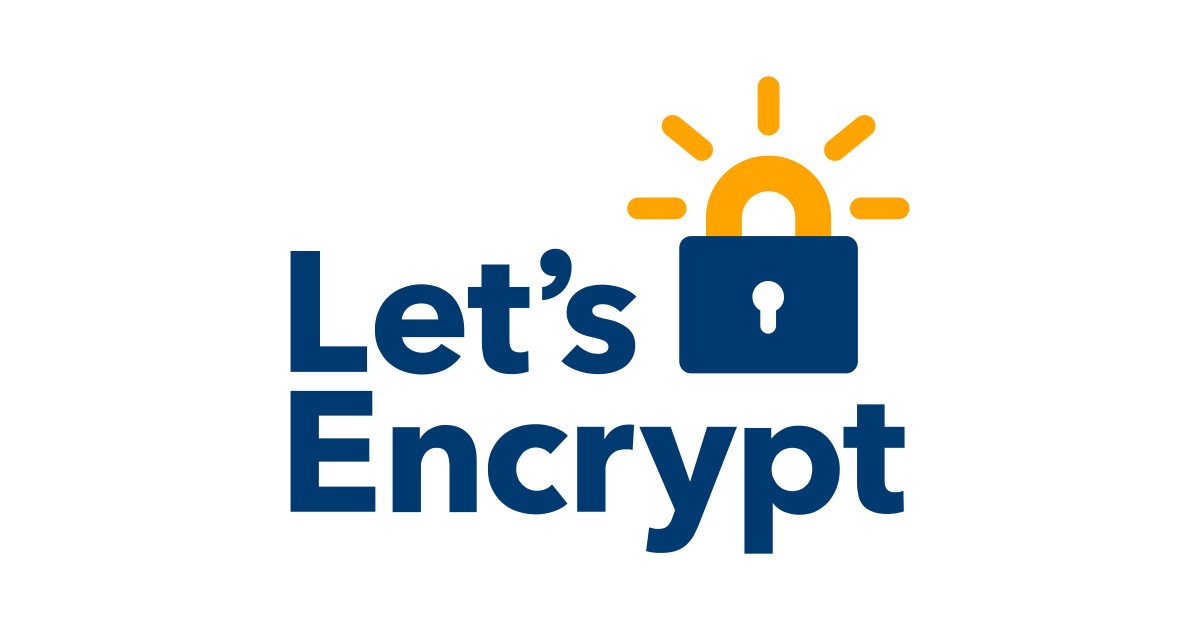A profile is a collection of characteristics that describe both the validation process required to get a certificate, and the final contents of that certificate. For the vast majority of Let’s Encrypt subscribers, you should never have to worry about this: we automatically select the best profile for you, and ensure that it complies with all of the requirements and best practices that govern the Web PKI. But some people might be interested in proactively selecting a specific profile, so thi...| letsencrypt.org
Public Key Infrastructure using X.509 (PKIX) certificates are used for a number of purposes, the most significant of which is the authentication of domain names. Thus, certification authorities (CAs) in the Web PKI are trusted to verify that an applicant for a certificate legitimately represents the domain name(s) in the certificate. As of this writing, this verification is done through a collection of ad hoc mechanisms. This document describes a protocol that a CA and an applicant can use to...| IETF Datatracker



